Entertainment
The 2000s laid out a roadmap for modern superhero movies
Welcome to 2000s Week! We’re exploring the pop culture that shaped us at the turn of the millennium, and examining what the films, shows, and games from the era say about us then and now. It’s a little #tbt to the days before #tbt was a thing.
A decade’s worth of story development and world-building didn’t just happen in a vacuum.
Wherever you fall in the spectrum of interest around the Marvel Cinematic Universe, there’s no denying that it’s a singular achievement in Hollywood history. With 23 movies released across 11 years – almost as many as James Bond, and in a fraction of the time – it’s something of a miracle that the whole set together tells a coherent story.
There’s no magic here, though. Just a long, gradual shift in popular entertainment, with a lot of the most crucial touchstones popping up in the decade leading to the MCU’s 2008 kickoff. No one can say what would’ve happened if any one of these things never existed. But if you look closely at the MCU’s DNA, you can see evidence of each one bursting forth.
Marvel before Marvel
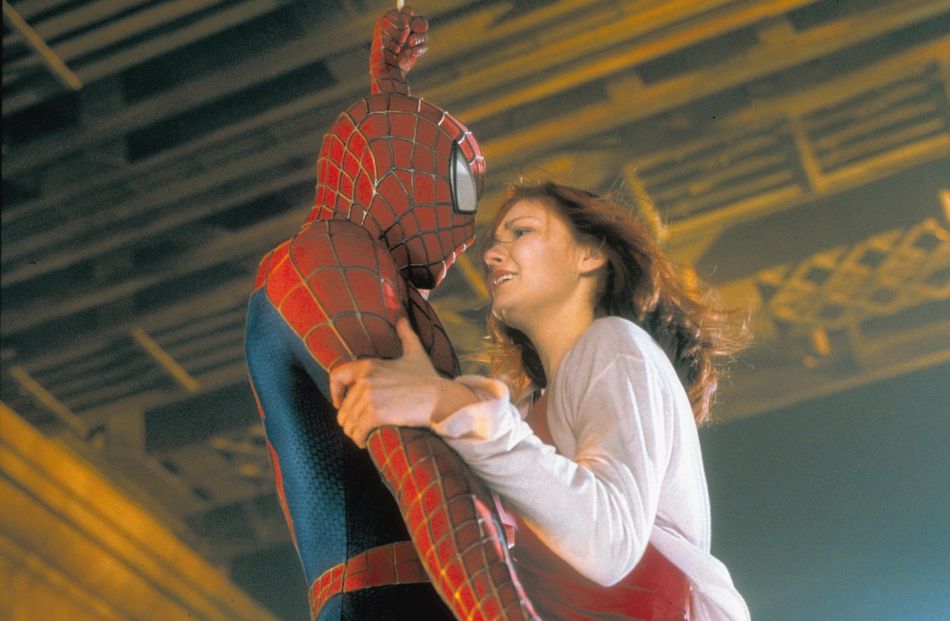
Image: Moviestore / Shutterstock
Duh, Spider-Man. Yes, Sam Raimi’s trilogy is perhaps the most obvious early blueprint for what Marvel Studios built. And while the first two movies are widely beloved – deservingly so! – I’d argue that Spider-Man 3‘s failure matters just as much.
A brief recap: Spider-Man 3 notoriously introduced the character of Venom, a popular Marvel villain/anti-hero. The problem was, Venom felt sort of incidental to the story being told, as if he was patched into something that wasn’t built for him. And as it turns out, that’s exactly what happened.
Producer Avi Arad – who played a Kevin Feige-like role in the development of the Spidey series – wanted Venom in the movie even though Raimi didn’t. The result was a disjointed mess that served neither the character nor the movie around him. Directors come and go, but a long-running series needs a presiding creative influence at the top who can make hard choices. You know, the kinds of choices that would lead to, say, replacing acclaimed director Edgar Wright on the MCU’s Ant-Man over creative differences.
A similar situation occurred with the X-Men movies. After a promising start in X-Men (2000) and X2 (2003), the series went completely off the rails in X-Men: The Last Stand (2006). That movie’s boatload of problems had multiple sources, including a creative changing of hands that left a new team in charge of writing and direction, as well as a script dragged down by studio meddling and writers that didn’t stand up for their work.
Obviously the twin successes of early Spider-Man and X-Men movies made it clear that mainstream audiences had a hunger for quality comic book movies. But the hard lessons of each series’ third entry seem far more critical to shaping an MCU that was creatively managed at the top by a team with a long-term vision.
Great adaptations
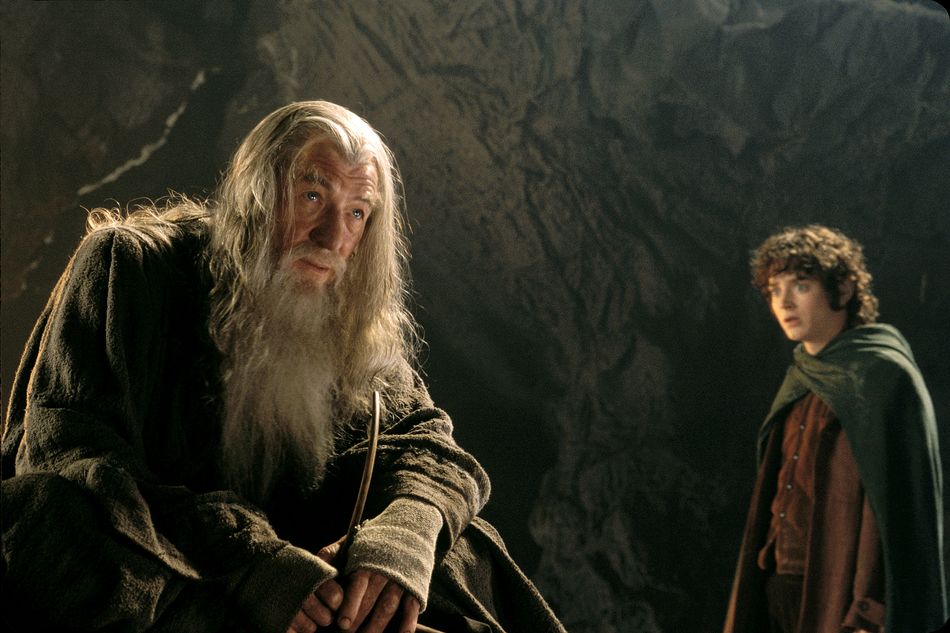
Image: Pierre Vinet / New Line / Saul Zaentz / Wing Nut / Kobal / Shutterstock
The 2000s were also the decade that brought us a pair of major movie franchises based on popular books: The Lord of the Rings and Harry Potter.
On one level, the success of these two series’ cemented the idea that “geekier” fare could play well with mainstream audiences. They were perfect entry points in different ways. With Rings, you had a classic fantasy series from a celebrated author. And with Potter, you had a then-unfinished modern fantasy that seemingly had the whole world on the hook (this was long before Harry’s creator outed herself as a transphobic monster).
But they both also brought something to the mix that that is reflected very clearly in the MCU: exceptional world-building.
From the set design to the costumes to the casting, Rings and Potter both absolutely nailed their respective recreations of the source material. It’s impossible to read the Potter books in a post-movie series world without immediately envisioning the core trio of Daniel Radcliffe, Emma Watson, and Rupert Grint in the starring roles.
For Lord of the Rings, the New Zealand sets were, in some cases, life-sized (or at least hobbit-sized) villages. There, too, superb casting cemented the faces of those characters into pop culture’s awareness of the source material. Ian McKellen’s scraggly beard and sweeping gray cloak is Gandalf as much as Elijah Wood’s bushy head of hair and piercing blue eyes now embody Frodo.
Each production, respectively, also offers a praise-worthy example of how to build a multi-million dollar blockbuster quickly. The Rings movies were shot all together as one and then polished off in order so they could be released once per year, across three years.
Potter, meanwhile, effectively occupied Warner Bros.’ Leavesden Studios during the 10-year period that the series came together. That led to the building of semi-permanent sets that could evolve over time with the stories being told while still hanging on to their rich details.
The MCU hasn’t done the permanent sets thing in quite the same way as Potter, and it didn’t cram multiple movies into a single production a la Rings until the Infinity War/Endgame pairing that rounded out the story’s initial 11-year arc. But the lessons learned from those two earlier series’ about world-building are evident in every Easter egg-laden, detail-packed frame of Marvel’s hits.
Prestige television
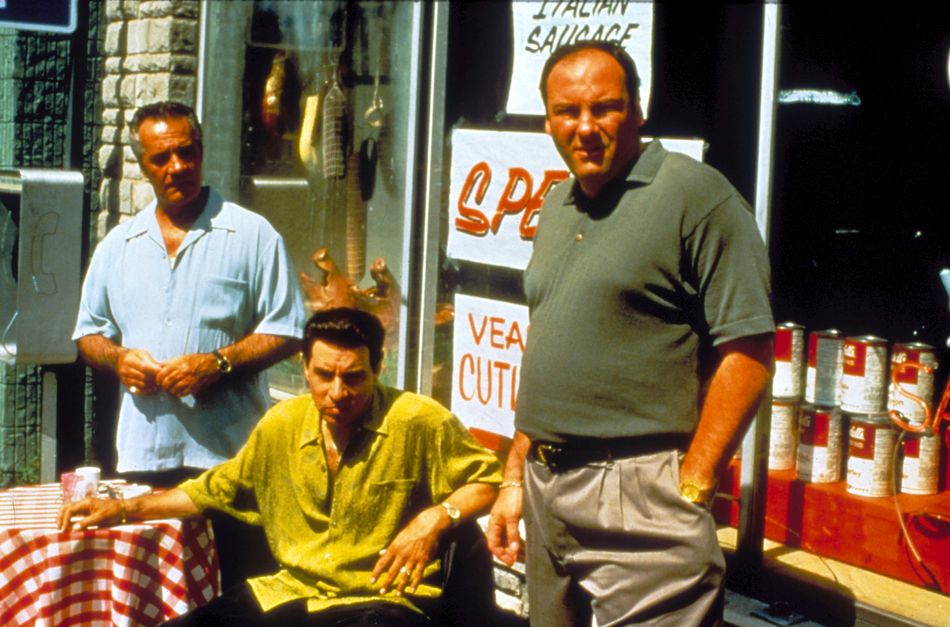
Image: Moviestore / Shutterstock
It’s not just movies. The MCU doesn’t play out the way it does without the explosion in popularity around so-called prestige television, which was led primarily in the 2000s by the “it’s not TV” network, HBO.
When you look at possible sources of influence we’ve discussed already, something’s missing. Harry Potter, Lord of the Rings, the Spider-Man and X-Men series – all of them tell a running story just like the MCU. But none of them keep you on the hook in quite the same way.
For 11 years, Marvel fans hung on every shred of news and every new casting announcement because there was never a proper ending. Every chapter leaves multiple threads dangling, with key character and story developments frequently unfolding across a multi-movie arc.
Going back to the earliest example, the pre-Disney release of Iron Man in 2008, you had a post-credit stinger that had the whole Marvel-loving world screaming for more. Featuring a surprise star cameo from Samuel L. Jackson and the hint of a larger world in his reference to an “Avengers Initiative,” Iron Man felt even in the immediate hindsight like a first step. A hook meant to keep us all in suspense.
Post-credits stingers existed long before 2008, but their usage as a not-quite-cliffhanger hint of things to come quickly became a distinctly Marvel flourish. These scenes almost took on the character of the “next week on” trailers from the serial TV playbook. Movie franchises only rarely played in that sandbox before the MCU came along.
The first Civil War
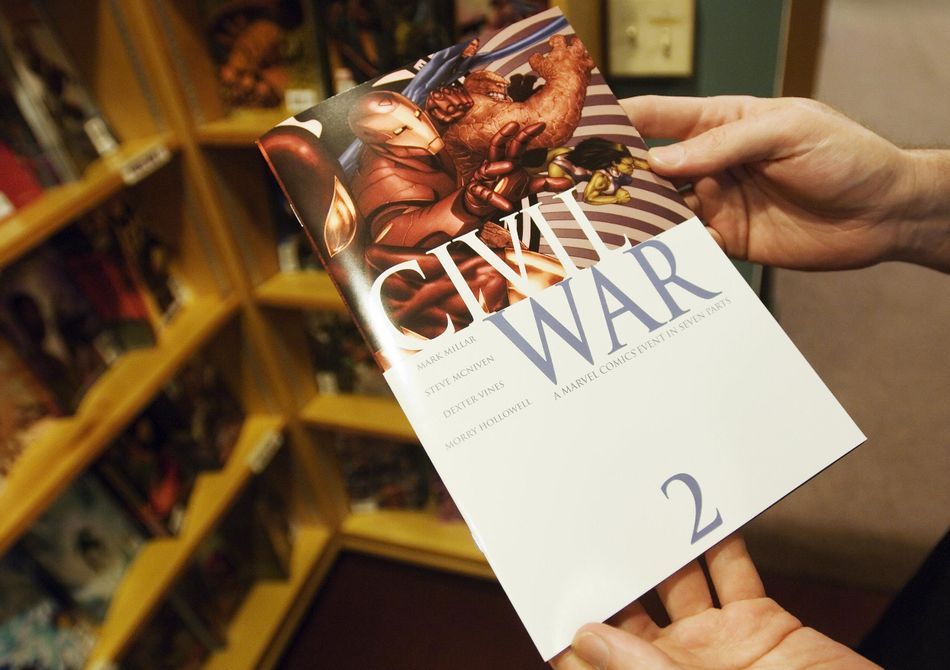
Image: MANDEL NGAN / AFP via Getty Images
Before Captain America and Iron Man faced off on screen in the MCU’s Civil War, another Civil War played out in the comics.
The story arc launched in 2006 with a 9/11-like event in which a mutant vs. mutant showdown in Hartford, Conn. resulted in a massive explosion leaving more than 600 dead. The outrage that sprang up in the aftermath of that horrific event led to a nationwide call for action.
The result was the Superhuman Registration Act, which required all people with superhuman abilities to register with the government, and either train and enlist to keep operating as superheroes, or retire. The MCU didn’t adapt this plotline exactly, but anyone who’s familiar with Captain America: Civil War can surely see the points of connection.
Can you even imagine an MCU without Captain America: Civil War?
Here’s the thing, though: It’s not just the story adaptation that matters here. The original Civil War story brought comic books into the mainstream in a way that they hadn’t been in some time. Here was a deeply relatable story that used the specter of a traumatic real world event to say something real and meaningful about how a slightly different world might respond to similar circumstances.
It was a hit, and over time has come to be recognized as one of Marvel’s great comic book crossover events, alongside the Secret Wars and Infinity Gauntlet arcs. The timing of its release is also incredibly consequential to the creation of the MCU.
When the first Civil War stories launched, Marvel was less than a year into the production partnership with Paramount Pictures that led to the MCU. Following the success of the Spider-Man and X-Men movies, the comic book publisher saw an opportunity to develop something bigger, and had in fact set aside roughly $500 million to do just that.
The timing matters a lot here. Figure the Civil War comics probably went into development around 2005, perhaps even 2004. At the same time, Marvel was seeing the recent Hollywood success of its characters as an opportunity. The comics publisher has always leaned toward big picture thinking and interconnected stories, but all of a sudden there was clear evidence that those stories, adapted for a different medium, could land just as well with a mainstream audience.
It’s a reach to claim that the Civil War comic book arc was built specifically with a future adaptation in mind. But it’s hard to imagine Marvel not seeing the potential of bringing such a broadly accessible story to a wider audience while it was already in the midst of plotting out what a leap to the big screen could look like.
An inevitable stinger
Can you even imagine an MCU without Captain America: Civil War? How about one where there aren’t any post-credits stingers? Would we even have gotten to Avengers: Endgame if the twin failures of Spider-Man 3 and X-Men: The Last Stand hadn’t reinforced the importance of going into a big series with a coherent, long-term creative vision?
The MCU isn’t some magical creation that Marvel leadership willed into existence out of nothing more than hopes and dreams. It’s the opposite of that. When you take in the full scope of business and mainstream shifts that unfolded over the course of the 2000s, the MCU’s execution seems downright tactical.
WATCH: What to binge on the best 30-day free trials
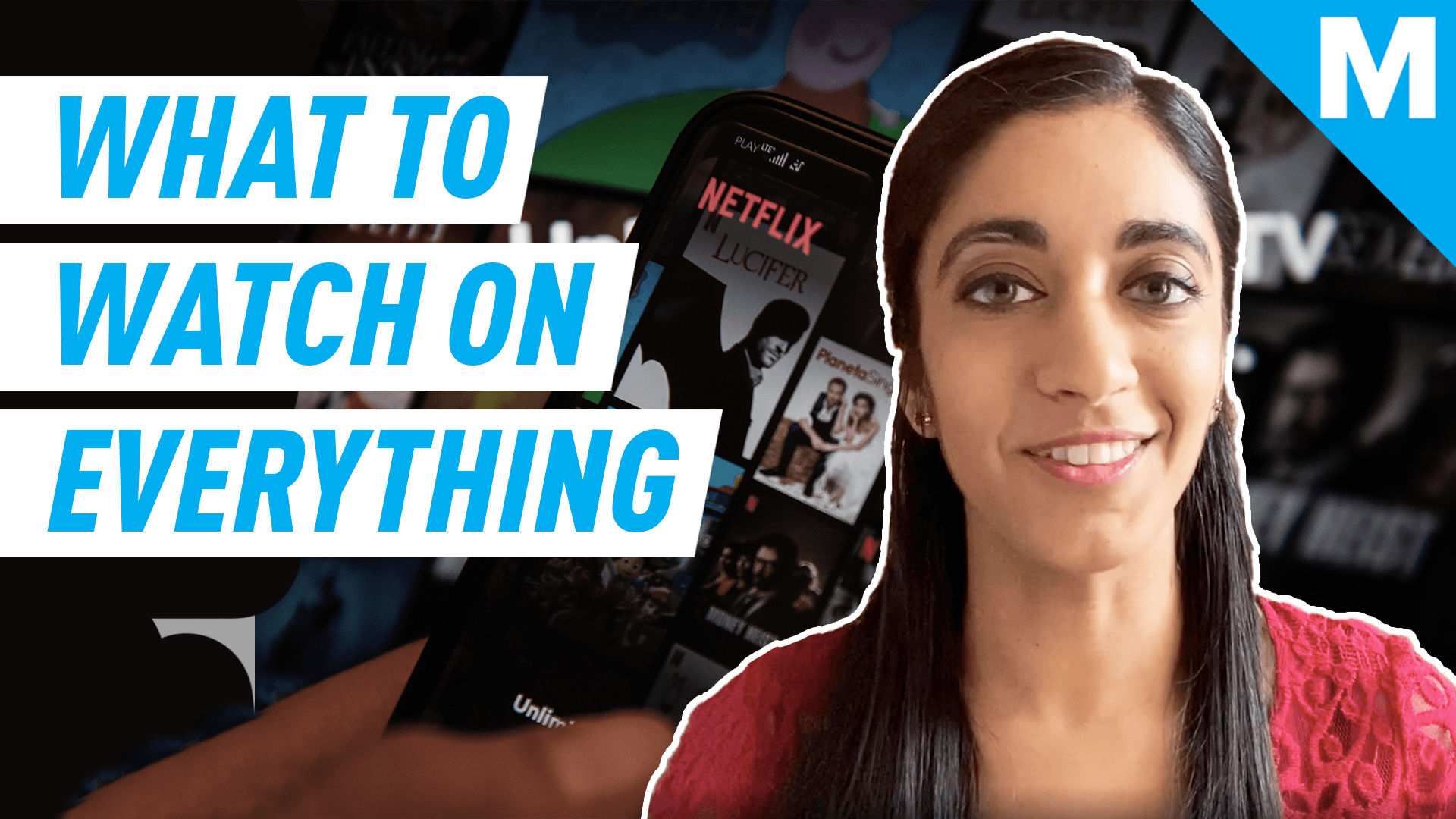
-
Technology7 days ago
Walmart to start using autonomous drones for 1-hour delivery
-
Technology2 days ago
Up your photography game with this camera device — Future Blink
-
Entertainment2 days ago
The 10 best free family movies on Amazon Prime Video
-
Politics4 days ago
Trump is normalizing possibility of violence surrounding 2020 election
-
Technology4 days ago
Samsung Galaxy Tab E is on sale for $129 at Best Buy
-
Technology5 days ago
Video call lens turns gestures into comic-style text bubbles for when you’re on mute
-
Politics4 days ago
Black voter tells Trump MAGA slogan is ‘tone deaf’
-
Politics2 days ago
House GOP plays down QAnon conspiracy theory as Marjorie Taylor Greene looks likely to get elected



